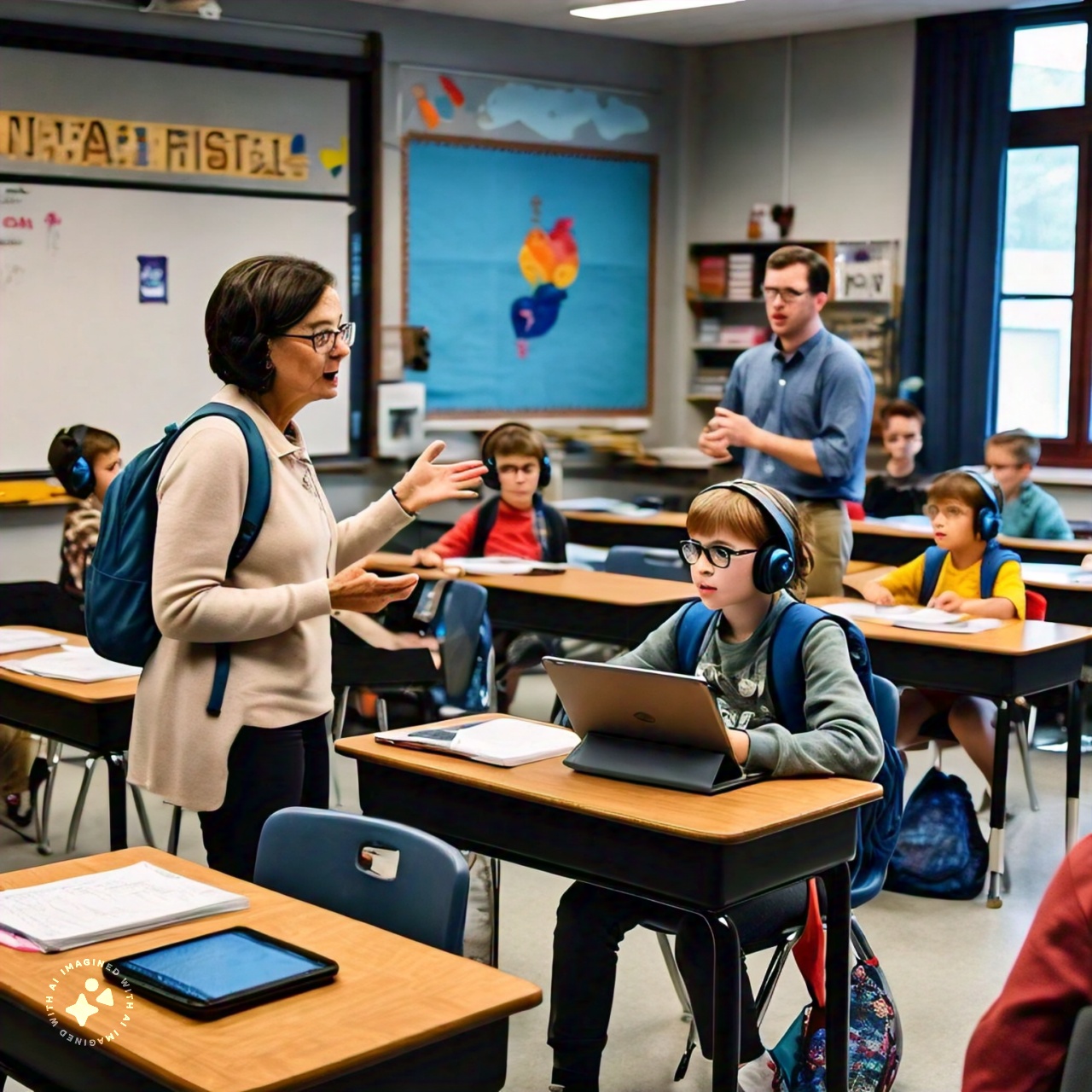Your cart is currently empty!

Table of Contents
Because of the speed at which technology is developing, the educational landscape has changed significantly in recent years. The way we teach and learn has been completely transformed by technology, from interactive whiteboards to adaptive learning driven by artificial intelligence. We’ll look at the tools and technology that are influencing education going forward and giving instructors and students alike more control in this piece.
With the ability to develop and manage digital lesson plans, assignments, and assessments, learning management systems (LMS) platforms such as Canvas, Blackboard, and Moodle have become essential to modern education.
Collaborative Tools and Interactive Whiteboards
Engaging and immersive learning experiences are being made possible via interactive whiteboards like SMART Boards and Promethean, as well as collaboration platforms like Google Jamboard and Microsoft Whiteboard.
Intelligent Automation (IA) and Flexible Learning
Education is becoming more individualized thanks to AI-powered adaptive learning platforms like DreamBox and Curriculum Associates, which modify the degree of difficulty of course materials to suit the needs of specific students.
Virtual and Augmented Reality (VR/AR) Technologies are enabling more immersive and interactive learning environments, hence increasing the accessibility and engagement of complicated topics.
Internet-Based Materials and Educative Websites
The availability of free and easily available educational resources on websites like Khan Academy, Coursera, and edX is democratizing access to high-quality education.
Apps and Mobile Education
a. Students may now learn at their own pace and from any location at any time thanks to smartphone apps like GeoGebra, Photomath, and Duolingo.
b. Data Privacy and Cybersecurity
c. Making sure student data is secure and private is essential as education becomes more digital.
Prospects & Future Paths
Personalized Learning Paths: AI will carry on customizing instruction to meet the demands of each unique learner.
Extended Reality (XR): Virtual reality and augmented reality will play an even bigger role in education.
** Gamification and Social Learning**: Interactive learning environments and social media will improve participation and teamwork.
In summary
With so many resources and tools available to improve teaching and learning, technology has completely changed the face of education. Teachers and students will be empowered and better prepared for a brighter future if these ideas are embraced.